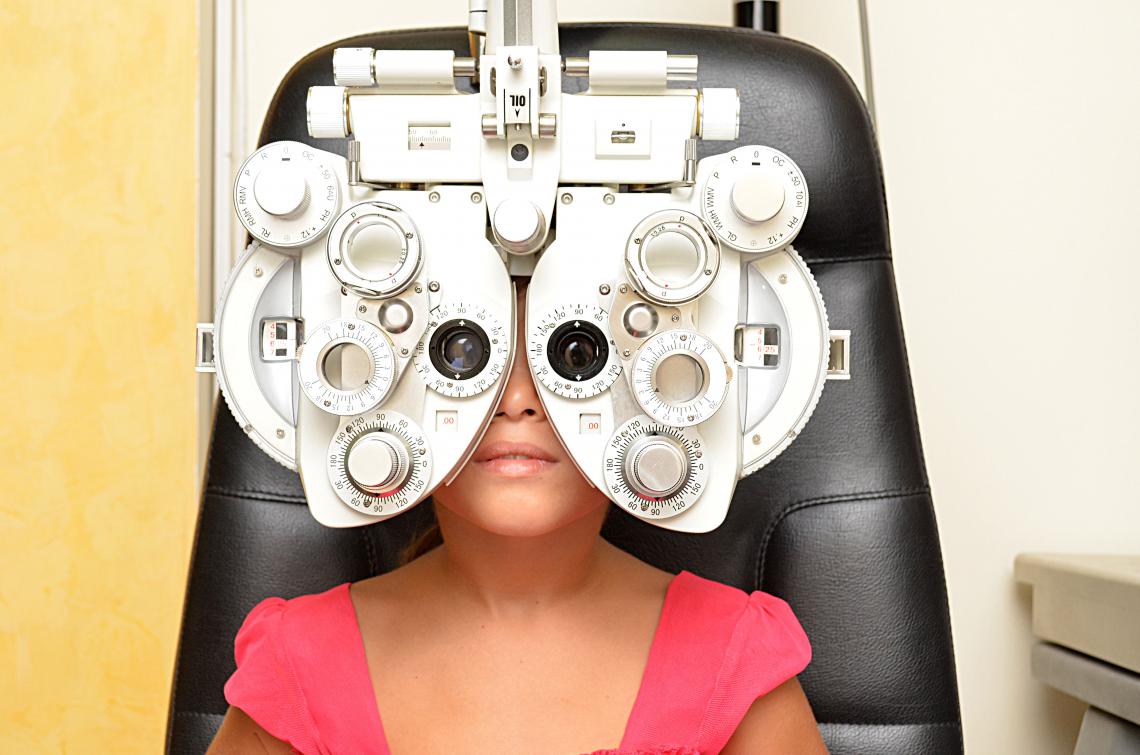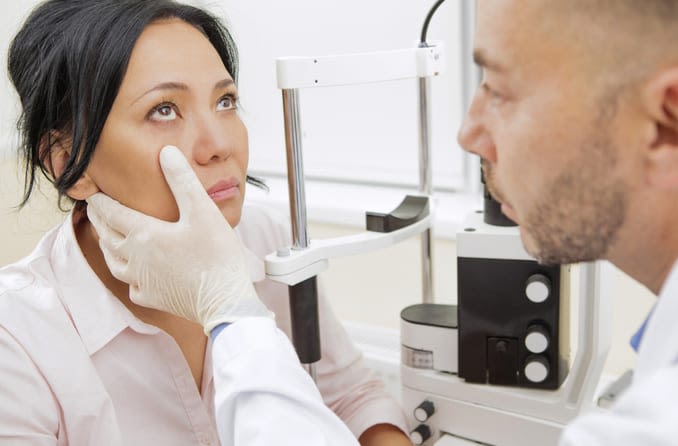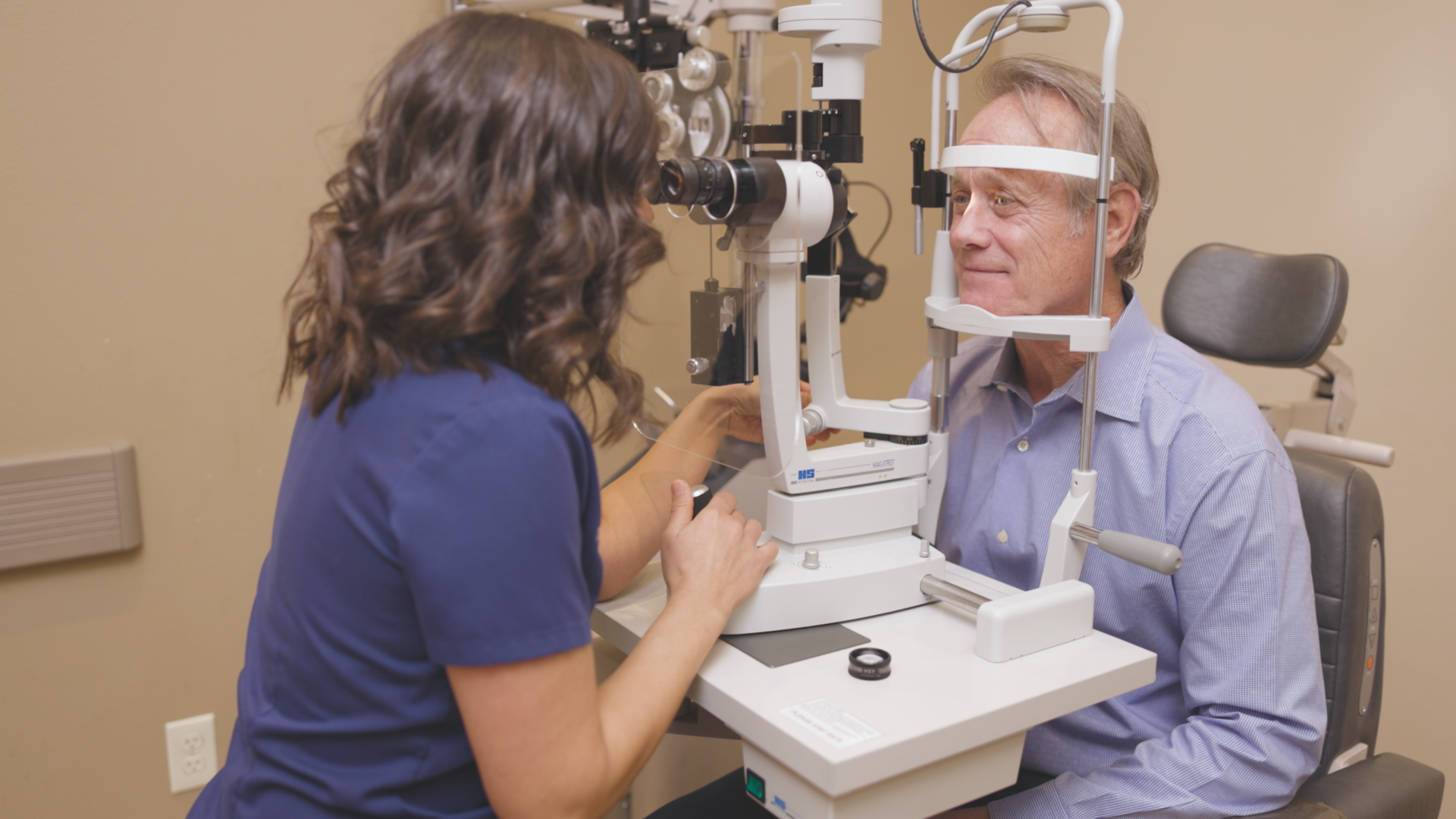How an Eye Doctor Can Change Your Vision Health in Chino
How an Eye Doctor Can Change Your Vision Health in Chino
Blog Article
Checking Out the most up to date Technical Improvements in Optometry and What They Mean for Eye Doctors
From the accuracy of Optical Comprehensibility Tomography to the nuanced insights provided by AI-driven analysis devices, these developments are establishing new criteria in patient evaluation and therapy. As these improvements penetrate the technique, eye doctors are encountered with the difficulty of embracing these tools to enhance client end results.
Developments in Diagnostic Equipment
Advancing the area of optometry, technologies in diagnostic tools have changed the way eye care experts examine and detect ocular conditions and visual impairments. The past years has actually witnessed significant technological improvements, allowing more detailed and precise examinations. Optical Coherence Tomography (OCT), for instance, gives high-resolution cross-sectional pictures of the retina, enabling for the very early detection of illness such as glaucoma and age-related macular degeneration. This non-invasive imaging technique has actually come to be essential in contemporary optometric technique.
An additional secret advancement is the introduction of sophisticated corneal topography systems, which map the surface curvature of the cornea with accuracy. These tools are particularly useful for suitable contact lenses and detecting corneal conditions. Digital retinal imaging has changed traditional ophthalmoscopy, using thorough, panoramic sights of the retina that promote comprehensive visual evaluations.
The growth of wavefront aberrometry has likewise been essential, enabling the analysis of refractive errors with unparalleled accuracy (Opticore Optometry). This modern technology helps in tailoring restorative lenses and boosting medical results for refractive surgeries. Collectively, these diagnostic improvements empower optometrists to provide remarkable individual treatment, ensuring early treatment and tailored therapy methods, inevitably boosting aesthetic health and wellness results
AI in Individual Management
Building on the foundation of cutting-edge analysis tools, the unification of fabricated intelligence (AI) in person monitoring stands for a transformative jump for optometry. AI systems are progressively utilized to improve effectiveness, precision, and personalization in individual treatment. By examining large amounts of information, AI can determine patterns and anticipate possible eye problems, allowing eye doctors to tailor interventions more effectively. This capacity is critical in managing persistent eye diseases such as glaucoma and diabetic retinopathy, where very early detection and continual surveillance are vital.
Additionally, AI-driven systems promote structured person communications and administrative procedures. Automated scheduling, digital examinations, and individualized follow-up plans not only enhance person satisfaction however additionally optimize time administration for specialists. These systems can triage patients based on the seriousness of their problems, making sure that those in critical demand obtain prompt attention.
In addition, AI enhances decision-making by offering eye doctors with evidence-based suggestions and therapy pathways. By integrating information from digital health records, AI devices use understandings that inform medical decisions, decreasing the risk of errors and enhancing client end results. As AI continues to develop, its function in person management will likely broaden, reshaping the landscape of optometric care.
Advances in Retinal Imaging
In the realm of optometry, retinal imaging has actually observed exceptional technological developments that are improving diagnostic capabilities and patient treatment. Developments such as Optical Coherence Tomography (OCT) and fundus photography have actually changed just how eye doctors assess the retina and envision.
Enhanced imaging modalities like OCT angiography are additional refining diagnostic precision. Eye Doctor. Such innovations assist in the identification of minute retinal adjustments that might signify illness development.
Additionally, developments in expert system are increasing retinal imaging by making it possible for automatic analysis of large datasets. These systems help eye doctors in identifying patterns a measure of pathology, thereby enhancing diagnostic precision and performance. Jointly, these advancements are transforming retinal imaging into a cornerstone of modern-day eye treatment, enhancing end results and expanding therapeutic opportunities.
Teleoptometry's Expanding Duty
Teleoptometry is why not look here progressively coming to be a vital component of eye treatment, driven by advancements in digital interaction and analysis tools. This is particularly valuable in underserved and rural areas where accessibility to specialized eye treatment is usually minimal.
The combination of synthetic intelligence (AI) further boosts teleoptometry, making it possible for the analysis of aesthetic information and assisting in the discovery of eye problems such as glaucoma and diabetic retinopathy. AI-powered formulas can rapidly translate complex imaging information, offering optometrists with valuable understandings that boost medical decision-making.
Additionally, teleoptometry supports connection of care via smooth combination with electronic health documents (EHRs), enabling eye doctors to keep extensive patient histories. When consulting with different specialists., this ensures that individuals obtain individualized and regular care even.
In spite of these advantages, obstacles stay, consisting of guaranteeing information safety and managing client expectations. Teleoptometry represents a significant stride in the direction of more available, effective, and patient-centered eye treatment. As modern technology progresses, its duty is poised to broaden additionally.

Future Patterns in Eye Care
A myriad of innovative trends is set to reshape the future of eye care, driven by technical developments and the developing demands of people. One considerable fad is the assimilation of fabricated knowledge (AI) in diagnostics, which guarantees to enhance the precision and efficiency of eye examinations. AI algorithms can evaluate large amounts of information from retinal images, potentially detecting conditions like diabetic retinopathy and glaucoma earlier than traditional methods.
Additionally, customized medicine is acquiring traction in optometry, with hereditary testing informing personalized treatment strategies. This technique aims to optimize patient end results by tailoring treatments to specific hereditary accounts. Wearable innovation, such as smart contact lenses, is likewise imminent, using real-time monitoring of intraocular stress or glucose levels, hence offering continuous understandings into ocular and systemic health and wellness.
The adoption of increased truth (AR) and digital fact (VIRTUAL REALITY) in training and client education and learning is an additional arising pattern. These technologies use immersive experiences that can boost understanding and abilities both for optometrists and individuals. As these trends advance, optometrists have to stay abreast of technical innovations to offer cutting-edge care, making certain enhanced person outcomes and satisfaction in the dynamic landscape of eye care.
Verdict

Jointly, these analysis advancements equip optometrists to deliver superior client care, ensuring very early intervention and tailored therapy strategies, eventually improving aesthetic health and wellness outcomes.

As these modern technologies continue to progress, eye doctors have YOURURL.com to adapt and include them into method, inevitably optimizing operations performance and elevating the standard of eye care provided to patients.
Report this page